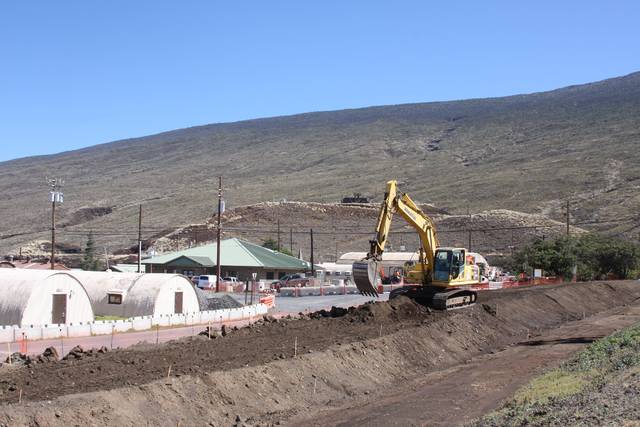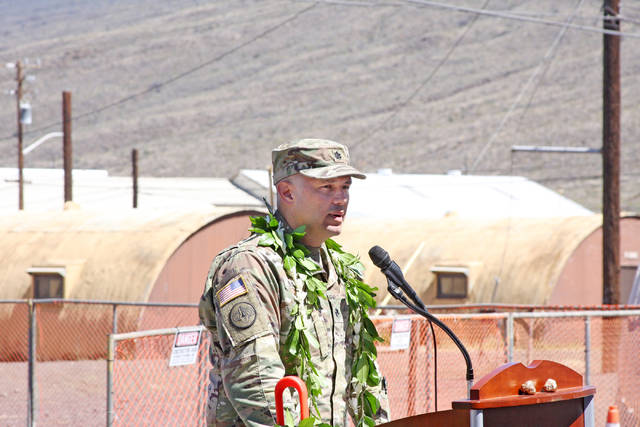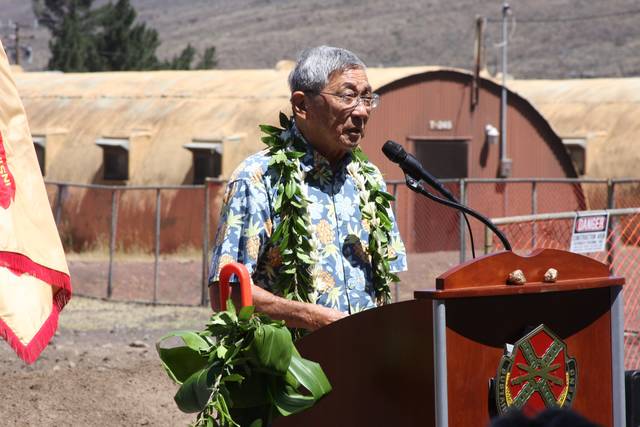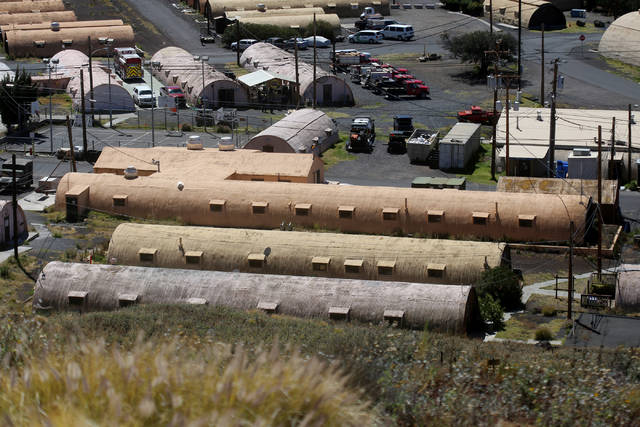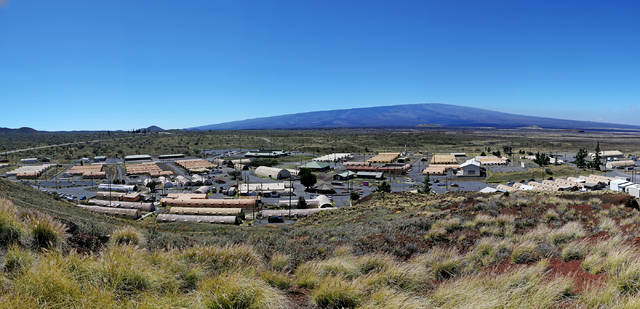PTA improvements part of $200M upgrades
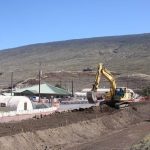
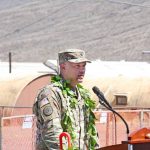
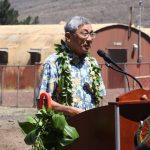
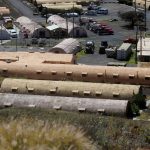
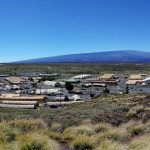
POHAKULOA TRAINING AREA — Workers in hardhats and reflective safety vests were as common a sight as soldiers in uniform Wednesday at the U.S. Army’s Pohakuloa Training Area as officials marked the ongoing construction of a sewer and storm water collection system.
The $26 million project is the first phase of a $210 million facilities improvement plan and kickstarts what local commanders hope will be the largest investment in the training area’s infrastructure in decades, assuming additional funds are approved.
“This is just the beginning of over $200 million of renovations that are coming,” said Col. Stephen Dawson, Army Garrison Hawaii commander, during a ceremony that was accompanied by a Native Hawaiian blessing and a lei untying. “Don’t get me wrong, PTA is not expanding, we’re not growing,” he added. “But we are going to improve what we have.”
Construction of the new sewer, which will consist of a septic tank and leach field, and storm water system started in April and will continue through most of 2018, a PTA spokesman said. The work was highly visible Wednesday as excavators dug large trenches between buildings and near the podium.
The sewer replaces vertical cesspools that were shut down last year. The U.S. Environmental Protection Agency fined the Army $100,000 for operating the banned large capacity cesspools at PTA, Kilauea Military Camp and facilities on Oahu.
The improvements are limited to PTA’s 566-acre cantonment area,which is home to its headquarters and 153 quonset huts that house the approximately 12,000 soldiers who train there each year.
The functionally obsolete huts were intended to be temporary when built in the 1950s, and officials hope to see them start to be replaced in the next few years. The new buildings could cost as much as $1 million a piece and would use the same foundation.
How many are replaced and when depends on securing funding sources, Army officials said. Because of their age, clearance from the state Historic Preservation Division might also be needed.
“We’re laying the groundwork for it,” Dawson said, referring to planning.
The plan covers the next seven to eight years but funding still needs to be secured for additional phases.
The second phase will involve replacing or upgrading the training area’s electrical lines.
A new fire station also is part of the plan, said Lt. Col. Christopher Marquez, PTA commander.
He said the facilities improvement plan is the first of its kind for PTA’s support facilities.
“There’s been investments in the training area throughout but not a plan that was comprehensive and deliberate in nature like this” for the cantonment area, Marquez said.
About a dozen protesters were outside PTA’s gates at the start of the ceremony.
Mayor Harry Kim acknowledged them during his speech.
“We all want peace on Earth,” he said. “We just have different views of how to get there.”
While lamenting war and conflict, Kim said the nation must ensure soldiers are well-trained and equipped before it sends them into battle.
“Nobody wants to waste resources training (for war),” Kim said, after referencing the conflict in Syria. “But there’s pilau people out there. And, by golly, we better be ready. And, by golly, we better be ready to send our boys and their boys that are equipped and trained to minimize the loss.”
During his speech, a strong gust of wind blew flags standing behind the podium on top of him. Kim, who wasn’t injured, joked as the military commanders quickly reacted.
“That’s what we train them for,” he said.
Email Tom Callis at tcallis@hawaiitribune-herald.com.

